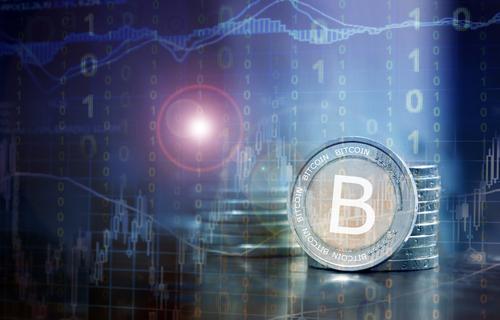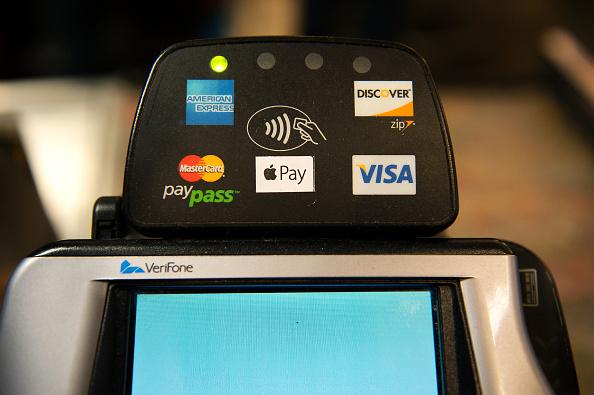Like salt, rice, and tea leaves before it, cryptocurrency is a fast-growing method for peer-to-peer transactions. By using software and specialized hardware, one can mine these virtual currencies in the 21st century gold rush.
Cryptocurrency removes regulatory oversight from central banks and puts it in the power of protocols that control a sort of wiki monitoring process. The most common form of cryptocurrency is bitcoins, but alternatives—or altcoins—are emerging, seeking to improve upon perceived shortcomings in bitcoins.
“Altcoins, like bitcoins, and indeed fiat currency [currency deemed legal tender by a government], are given value because people say they have value and [because people] express that interest in digital currency exchanges by buying and selling digital coins,” wrote Jerry Bonney, product manager at coindesk.com, in an email.
He went on to say: “The difference with fiat currency is that the government controls the supply of money (and thus influences its value), whereas with digital currencies, open-source networks control the supply more democratically.”
This is one of the main reasons cryptocurrency has gained such popularity. Another important feature is the speed and cost efficiency of transactions.
“Bitcoin is very fast and cheap to transfer. Whereas an international banking transfer can take up to a week and might cost $20-30, bitcoin transactions can be instantaneous and extremely low-cost,” Bonney said.
The bitcoin protocol is a database of transactions (blocks) shared publicly. When one user pays another with bitcoins, a private key is needed to make the transaction, but a public key is also generated.
Each transaction is recorded into a public ledger.
Mining for Bitcoins
The act of mining bitcoins is a process of recording and confirming transactions in the ledger; miners are rewarded financially for their efforts in the form of generated bitcoins. This means, the limited inflation of the bitcoin system is distributed to these miners.
Miners use the transaction data and other data from the previous block in this mining process. This system of bitcoin generation is called proof-of-work, because miners are paid for the work they put into maintaining the system. Many controls are inherently built into the system to keep miners honest.
Various ways in which people might think to cheat the system actually end up to be completely unprofitable or impossible within the system.
Mining, open to individuals in the beginning, has become a more competitive process. Powerful mining rigs are crowding out the smaller miners who have less processing power. Some smaller-scale miners are thus joining together in groups, or pools, to mine.
Bonney explained: “The bitcoin protocol was designed in a way that it would get harder to mine bitcoins the more people got into mining, with the aim being to release a steady supply of bitcoin.”
Altcoins Build on Bitcoin Protocol
Altcoins use bitcoin protocol, with some variations on the algorithms and other aspects. The amount of money or worth in the bitcoin system—more than $10.7 billion, each coin worth about $850 as of Dec. 15—is currently greater than all altcoin systems combined, according to Michael Carney of Pando Daily.
A couple of examples of altcoins are Litecoins and PPCoins.
Litecoin
Each Litecoin was worth about $30 as of Dec. 15.
Litecoin was created to try and limit the impact of powerful mining rigs. These rigs use “application specific integrated circuits” (ASICs) to quickly process thousands of transactions. Litecoin uses a different algorithmic function to complete transactions, which is supposed to slow down the adoption of ASICs and level the playing field for miners.
PPCoin
Each PPCoin was worth about $4 as of Dec. 15.
PPCoin, created in 2012, uses another derivative of the bitcoin protocol; it differs in that it uses a proof-of-stake and proof-of-work hybrid system to generate more PPCoins.
So PPCoins are generated and awarded to miners who do the work confirming the transactions, but they are also generated and awarded to people who hold a higher stake in the system. Someone who holds 5 percent of all PPCoins will produce 5 percent of all proof-of-stake PPCoins generated.
This hybrid system is potentially more secure and energy efficient. It is more secure, in the sense that users who may want to attack the system would be attacking their own stakes in the system. It is more energy efficient, in that less energy (processing power) is consumed generating proof-of-stake blocks.
Into the Future
As the popularity of digital currency grows and more businesses and people start using it, it may become part of mainstream society.
Bonney believes this is just the beginning of virtual currency adoption, and although it won’t “kill” fiat currency, much like online shopping didn’t kill offline shopping, he does believe there is a market for it and its popularity will continue to grow in the years ahead.
*Image of bitcoins via Shutterstock




